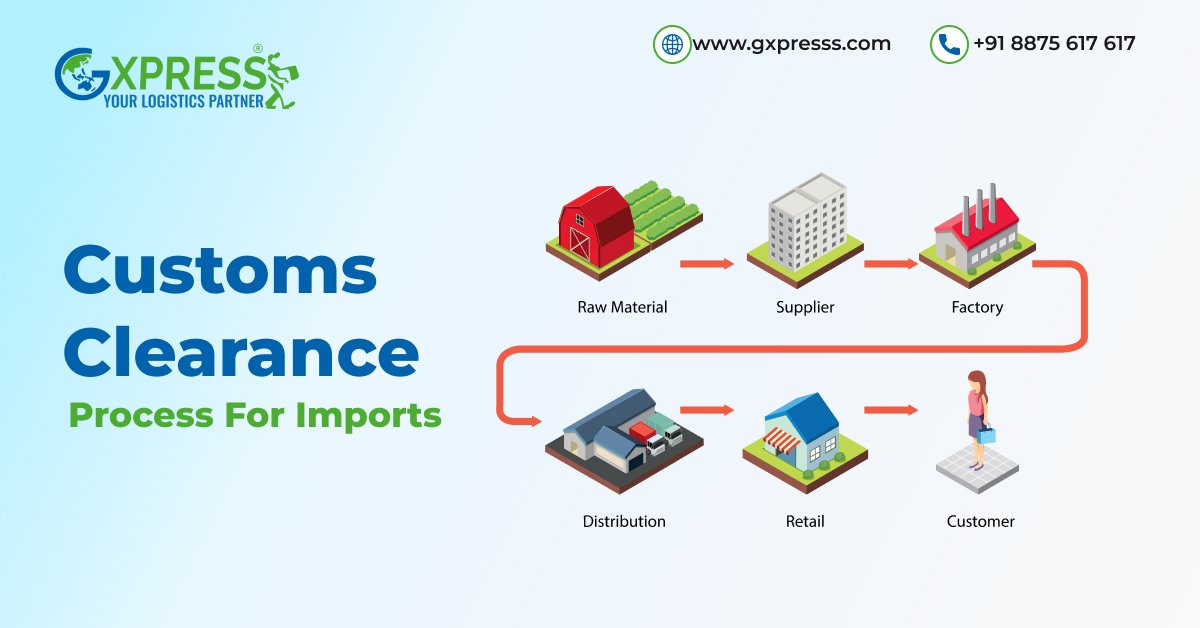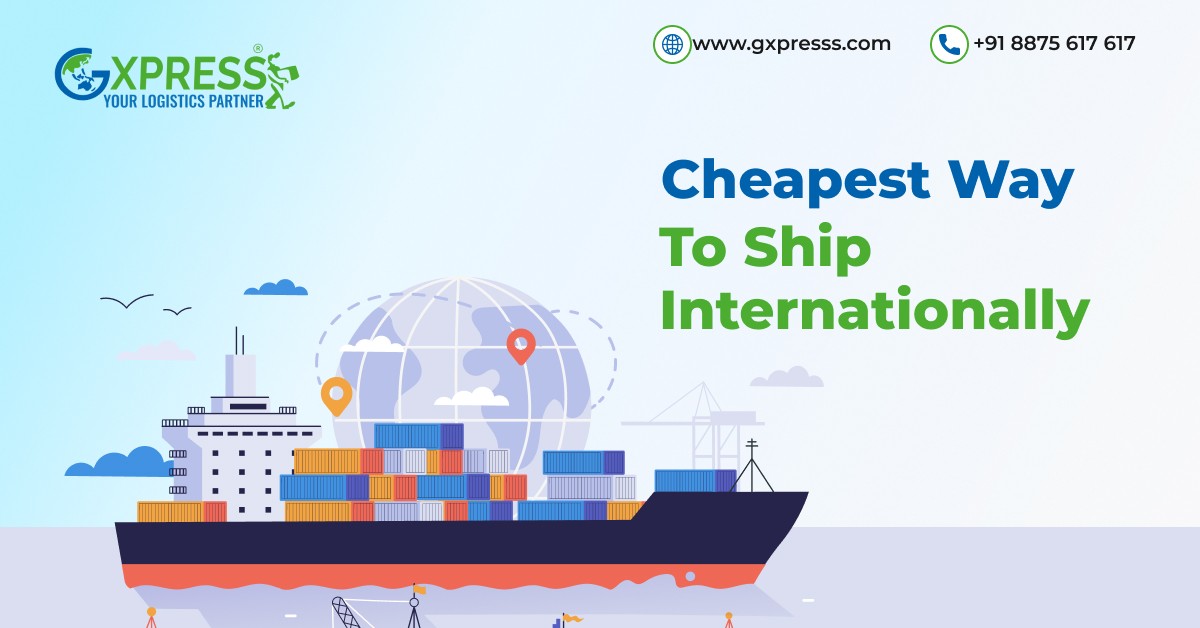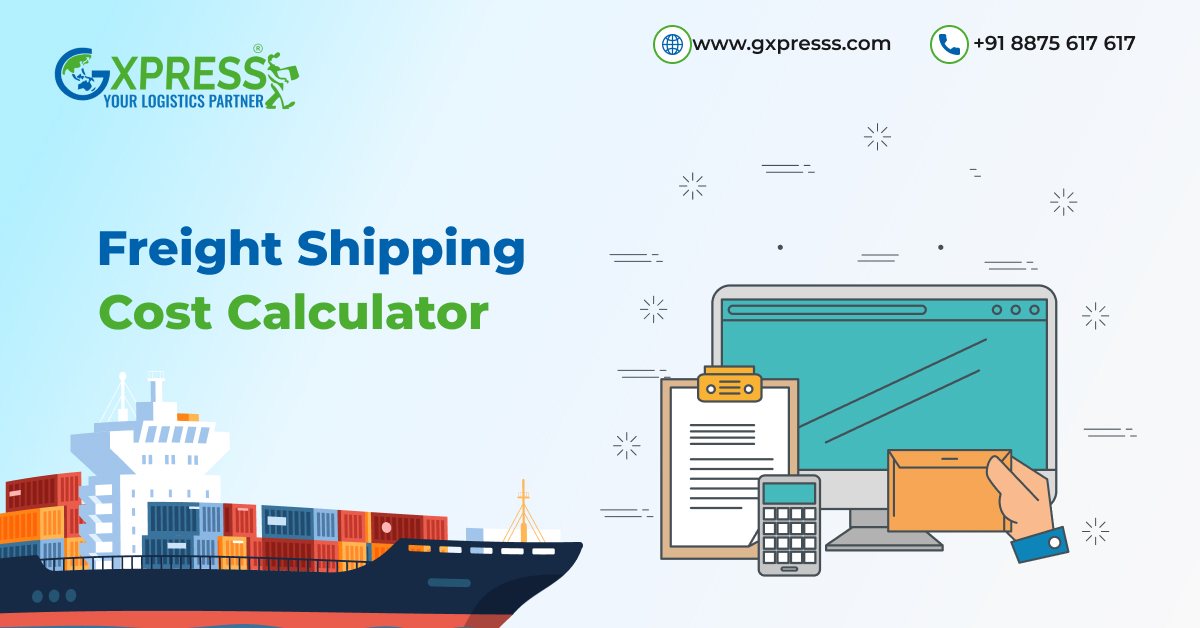July 24, 2025Freight9 min readBy Admin
Air vs Sea Freight: Which is Better for India to UK Shipping?
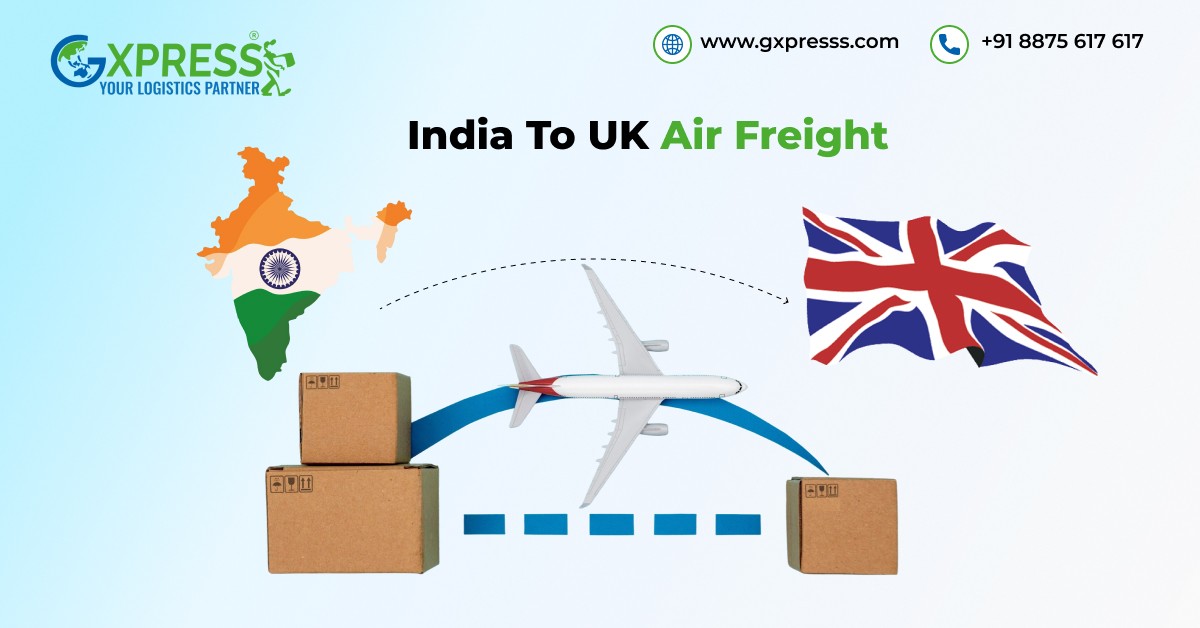
India to UK air freight is most beneficial for businesses. Here’s the story of Priya, who owns a small shop in Mumbai, wanted to grow her handmade cloth line to the UK, but she hit a big iceberg of dilemma: should she send her goods by air or by sea? Like many Indian sellers each year, she was stuck in picking the faster air route or the cheaper sea route.
If you are also trying to grow your shop in the UK, this blog is for you. Let's look deep into what air and sea shipping really are, the needed papers, the steps, the good and bad points, and how to pick the best way for your own needs.
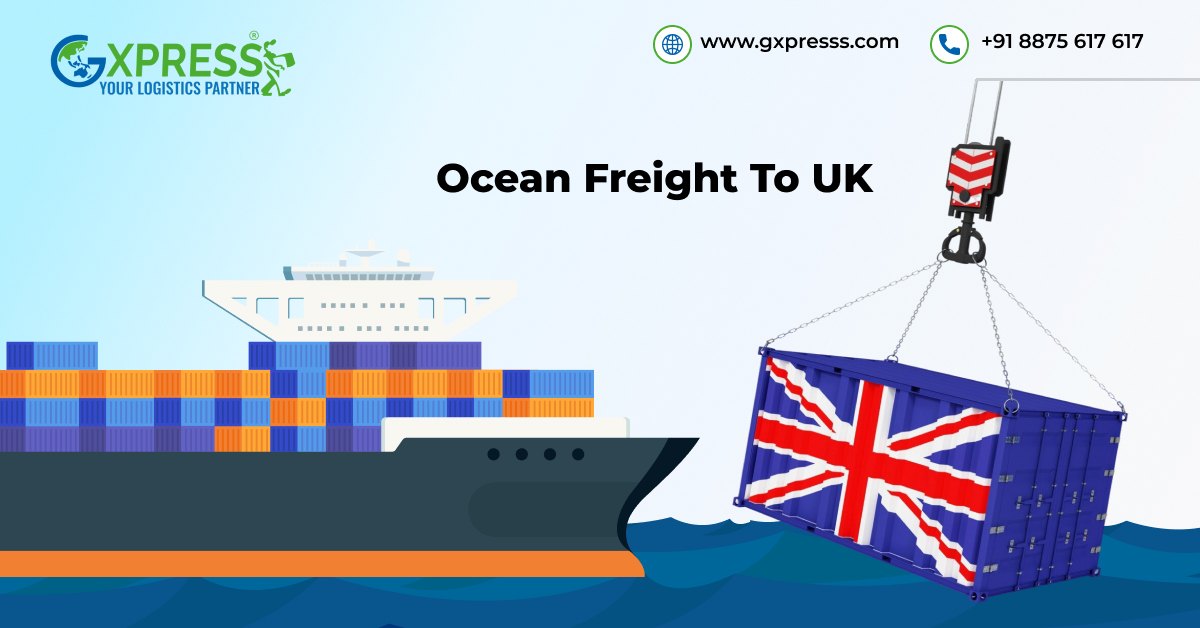
About Air Freight to UK
What Does Air Freight Mean?
Air shipping means moving items by air cargo planes from India to the UK. It’s the quickest way to send goods abroad, often picked when time is running out. Be it fast-needed samples, high-cost tech gadgets, or fresh items like new flowers, air shipping gets your products there in a few days.Documents Required For India to UK Air Freight
Sending items by air freight requires a lot of paperwork. Here are some documents you need to have:- Commercial Invoice: Tells who buys, who sells, and how much the cargo is worth.
- Packing List: Shows what's inside, type of packing, and size.
- Airway Bill (AWB): An agreement with the plane firm, also proof that you gave them the stuff.
- Certificate of Origin: Given out by trade groups to show where your goods were made.
- Export Declaration (Shipping Bill): You need to show this to the customs in India.
- Insurance Certificate: If you've insured your items.
The Air Freight from India to UK Process
- Booking the shipment: You or your freight forwarder reserves cargo space with an airline.
- Export customs clearance in India: Your paperwork is verified, and your cargo is inspected.
- Handling & loading: Goods are packed, labeled, and loaded onto the plane.
- Transit: Your shipment flies from India (often via hubs like Dubai or Frankfurt) to the UK.
- Import customs clearance in the UK: Authorities review your documents and may inspect the goods.
- Delivery: Once cleared, your cargo is delivered to the final consignee.
Restrictions On Air Freight
Airlines follow strict guidelines on what can be flown. Some restricted items include:- Flammable liquids or gases (certain chemicals, perfumes in bulk).
- Batteries (especially lithium batteries beyond permissible limits).
- Explosives or weapons.
- Certain types of food products or plants are without proper certification.
About Ocean Freight to UK
What Does Ocean Freight Mean?
Ocean freight, also known as sea freight, moves products in big metal boxes on large sea ships. It is the top choice for sending things across nations, great for items that are big, bulky, or very heavy. It takes more time, often 25 to 40 days from India to the UK, but costs less than sending by air.Documents Required For Ocean Freight
When you send by sea, you need a lot of papers:- Commercial Invoice & Packing List: Same as with air freight.
- Bill of Lading (B/L, BL or BoL): The main document that acts as proof of goods, containing the details of transport, and proof of ownership.
- Certificate of Origin: Needed for UK customs.
- Export Declaration (Shipping Bill): Given to Indian customs.
- Insurance Certificate: Suggested, but not a must.
The Ocean Freight Process From India to the UK
- Booking container space: You choose Full Container Load (FCL) or Less than Container Load (LCL) depending on volume.
- Stuffing & export clearance: Your cargo is loaded into containers and cleared by Indian customs.
- Packing & sending out: Your stuff is put into boxes and gets a check from Indian customs.
- Port work & putting on the ship: Boxes go to the port and are put onto the ship.
- Sea trip: Boats leave from places like Nhava Sheva (Mumbai) or Chennai to UK spots like Felixstowe or Southampton.
- Inland delivery: Your goods are trucked to their final destination.
Restrictions On Ocean Freight
Though sea shipping lets you send big or risky items (some can't go by air), it still has rules set by the IMO (International Maritime Organization). You have to say what dangerous goods are, pack them correctly, and put labels.
Air Freight vs Ocean Freight for India to UK Shipping: A Quick Look
Here is a simple table to show you how air & sea freight are different:| Factor | Air Freight | Ocean Freight |
| Transit Time | 4 – 7 days | 25 – 40 days |
| Cost | High | Low |
| Ideal for | Urgent, high-value, light goods | Bulk, heavy, non-urgent goods |
| Capacity | Limited weight/volume | Large volumes are easily handled |
| Customs clearance | Generally faster | Can involve more port paperwork |
| Carbon footprint | Higher | Lower per ton shipped |
| Tracking & security | More secure, precise tracking | Secure but slower updates |
| Restrictions | More strict on hazmat, batteries | More flexibility with DG cargo |
Consider Your Business Needs First
Now, back to Priya’s story. She ultimately decided to use India to UK air freight for her first consignment. Why? Her order was relatively small, 200 delicate handwoven sarees, and the UK retailer wanted them on shelves before the Diwali season. The speed justified the extra expense. Later, once demand stabilized, Priya switched to sea freight for larger monthly replenishments, cutting shipping costs by nearly 65%. This highlights an important truth:- If time is your biggest constraint, say, for seasonal products, fashion launches, or perishables, air freight is worth the investment.
- If you have large shipments and flexible timelines, ocean freight offers unbeatable cost advantages.
- Many growing businesses use a hybrid model: air freight for initial market entry and sampling, then ocean freight for regular bulk orders.
- Cash flow: Air freight ties up less inventory time, but more money upfront for shipping.
- Warehousing: With sea freight, you might need storage in the UK while you wait for containers to arrive.
- Risk appetite: Sea freight faces weather delays and port congestion; air freight is less prone to these issues.
Conclusion
India to UK air freight is a big step for any company, maybe you send clothes from Surat, machines from Pune, or tea from Assam. The best way to ship depends on what you need: speed, cost, the kind of goods, and when they need to get there. It's like making a suit just for you. No same way works for all. Check how much you’re sending, when it must arrive, your money situation, and what your buyers expect. Talk to a good shipping expert who knows about sending things from India and the UK rules. At the end of the day, whether you fly high or go by sea, know that how you handle shipping is key to your brand doing well all over the world. Like Priya, look at all choices well, and you’ll put your business on the path to grow far and wide.Frequently Asked Questions
Q1. Which is the best way to ship from India to UK?
It all depends on what you need. If you want it fast with less wait, air freight is great. If you are not in a hurry and want to save money on big loads, sea freight works well. Many firms use both ways.Q2. How much does it cost to ship from India to the UK?
The cost changes with the weight, size, and way you send it. Air transport might cost per kg, and sea transport might cost per cubic meter (for LCL). The exact price depends on what you are sending and the market rates.Q3. What is the cheapest way to ship to the UK?
Using the sea (shipping by ocean) is mostly the cheapest method to send big loads from India to the UK, great for heavy or big items.Q4. How does sea freight India to UK work?
Your goods are put in containers, passed by Indian customs, put on a ship, sent over 25–40 days, passed by UK customs, and then taken to the destination.Q5. How do I send items to the UK?
Get a freight handler who will take care of bookings, paperwork, getting through customs, and getting the delivery done. You will need main papers like a trade bill, packing note, and sending bill.Q6. Is India to UK air freight expensive?
Yes, it's much more costly than sending by sea, but it cuts down weeks in travel time and is often the better pick for fast or high-value goods.Share this article:

